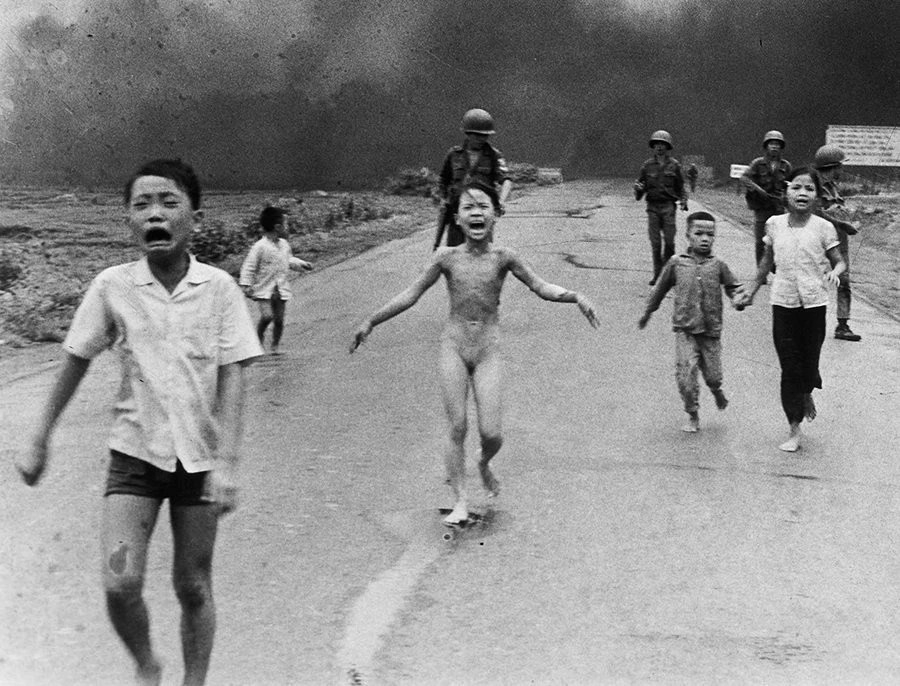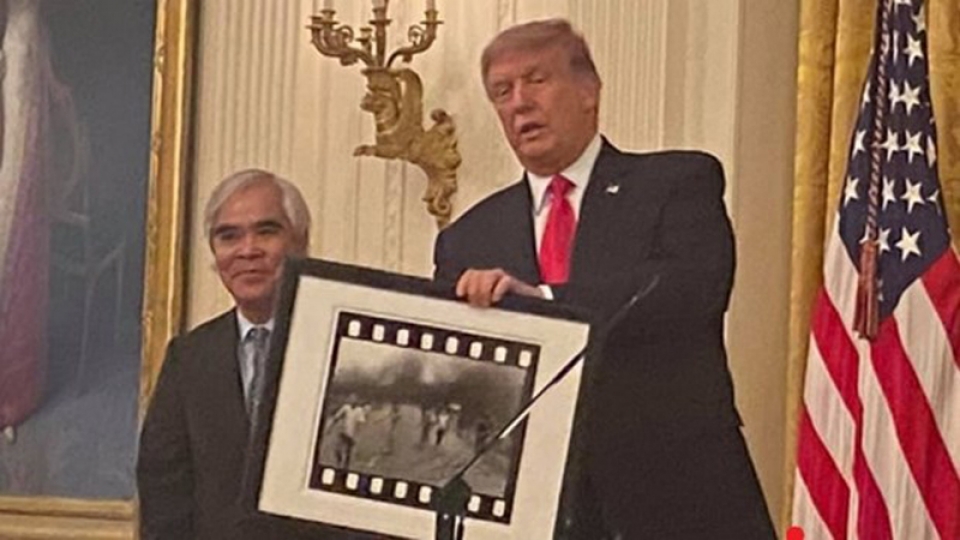World Press Photo suspends Nick Ut’s credit for 'Napalm Girl' photo
The organization has suspended authorship recognition pending further evidence, citing unresolved doubts raised by recent investigations.

Following multiple investigations, World Press Photo has temporarily suspended its recognition of Vietnamese-American photographer Nick Ut as the author of the iconic image The Terror of War, also known as Napalm Girl.
The 1973 World Press Photo of the Year was awarded to Nick Ut of the Associated Press for capturing the harrowing moment when nine-year-old Phan Thi Kim Phuc fled a napalm bombing in Trang Bang, Tay Ninh. The photograph became a symbol of the anti-war movement and one of the most iconic images of the 20th century.
Until now, the photo had been firmly credited to Huynh Cong “Nick” Ut, who was a young Vietnamese photographer working for AP at the time and later built a celebrated career.
Three investigations and mounting controversy
The controversy was reignited by The Stringer, a documentary film that premiered at the 2025 Sundance Film Festival, raising questions about authorship, journalistic ethics, and historical fairness surrounding the photo.
The film, supported by visual analysis from Paris-based research group INDEX, presented evidence suggesting that the image may have been taken by another Vietnamese photographer - Nguyen Thanh Nghe.
As a result, both the Associated Press and World Press Photo launched independent investigations.
AP, after a year-long inquiry, concluded that there was “no conclusive evidence” by their standards to warrant changing the attribution.
However, World Press Photo, citing its own findings along with AP’s and the documentary’s investigation, announced that the level of doubt surrounding authorship was too significant to continue confirming Nick Ut as the sole author.
World Press Photo's latest action
World Press Photo stated that, based on its internal review processes, the uncertainty was substantial enough to warrant a suspension of author credit. However, due to a lack of conclusive evidence favoring any alternative photographer, they could not transfer the credit to someone else.
Two key actions were announced: Suspension of Nick Ut’s authorship – Effective immediately, World Press Photo no longer officially credits him as the photo’s author until further conclusive evidence emerges.
Updated image caption – The photograph now includes a note: “Due to ongoing doubts, World Press Photo has suspended attribution of authorship for this image. Image analysis and camera data from that day suggest that photographers Nguyen Thanh Nghe or Huynh Cong Phuc may have been in a better position to take the photo. Importantly, the image itself has not been contested and the prize awarded to the photo remains valid. Only authorship is under review. This is a historically contested issue and authorship may never be fully confirmed. The suspension remains in place unless compelling new evidence emerges.”
While many question the need to revisit the authorship of a 50-year-old image, World Press Photo emphasized that the re-evaluation is essential.
In an era shaped by misinformation, polarization, media manipulation, and public distrust, the organization says it has a responsibility to uphold ethical standards and transparency - especially given its seven-decade role in setting benchmarks for photojournalism.
Although this move may not be a definitive resolution, it acknowledges the issue’s complexity, invites future developments, and encourages open dialogue.



